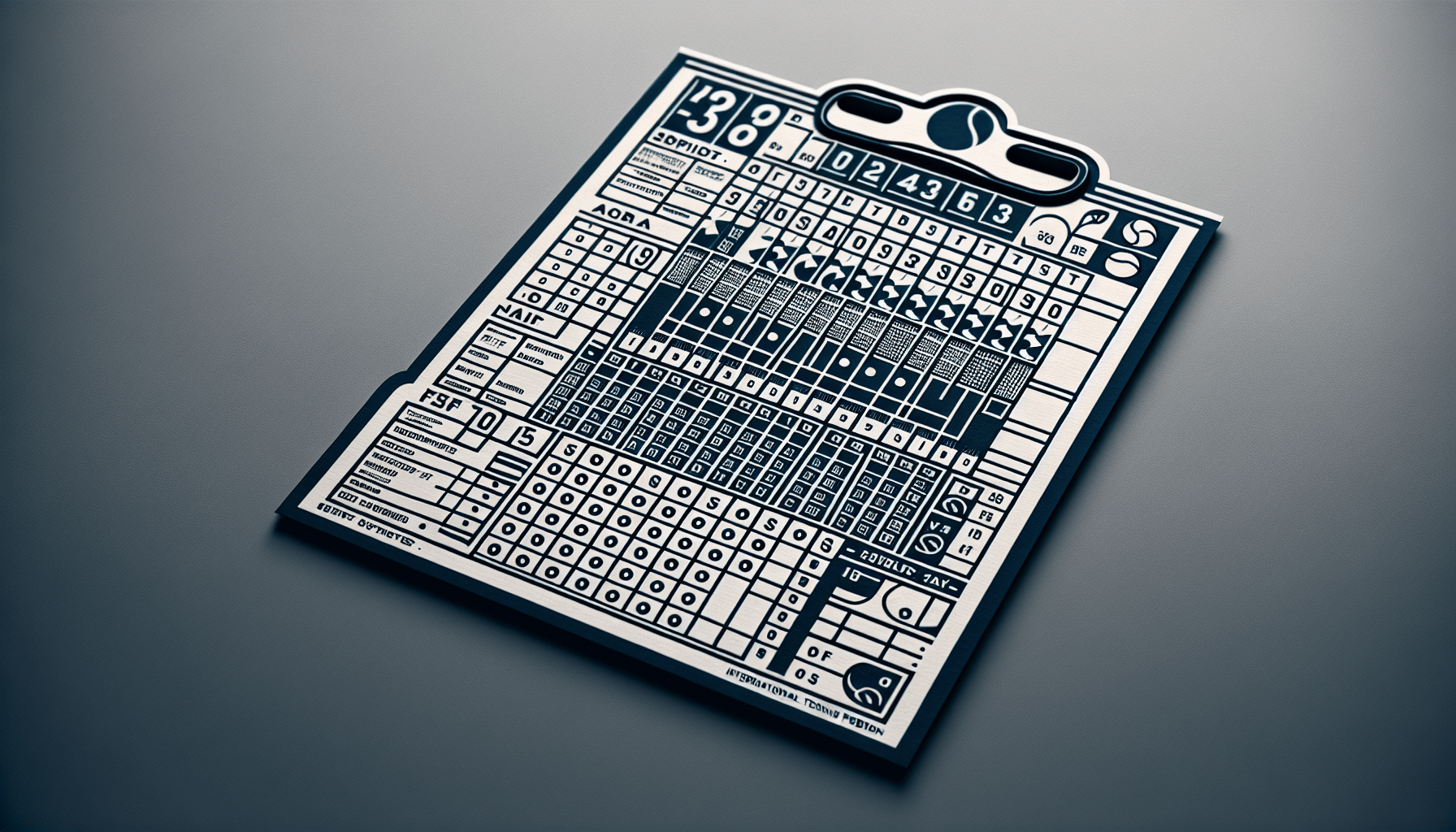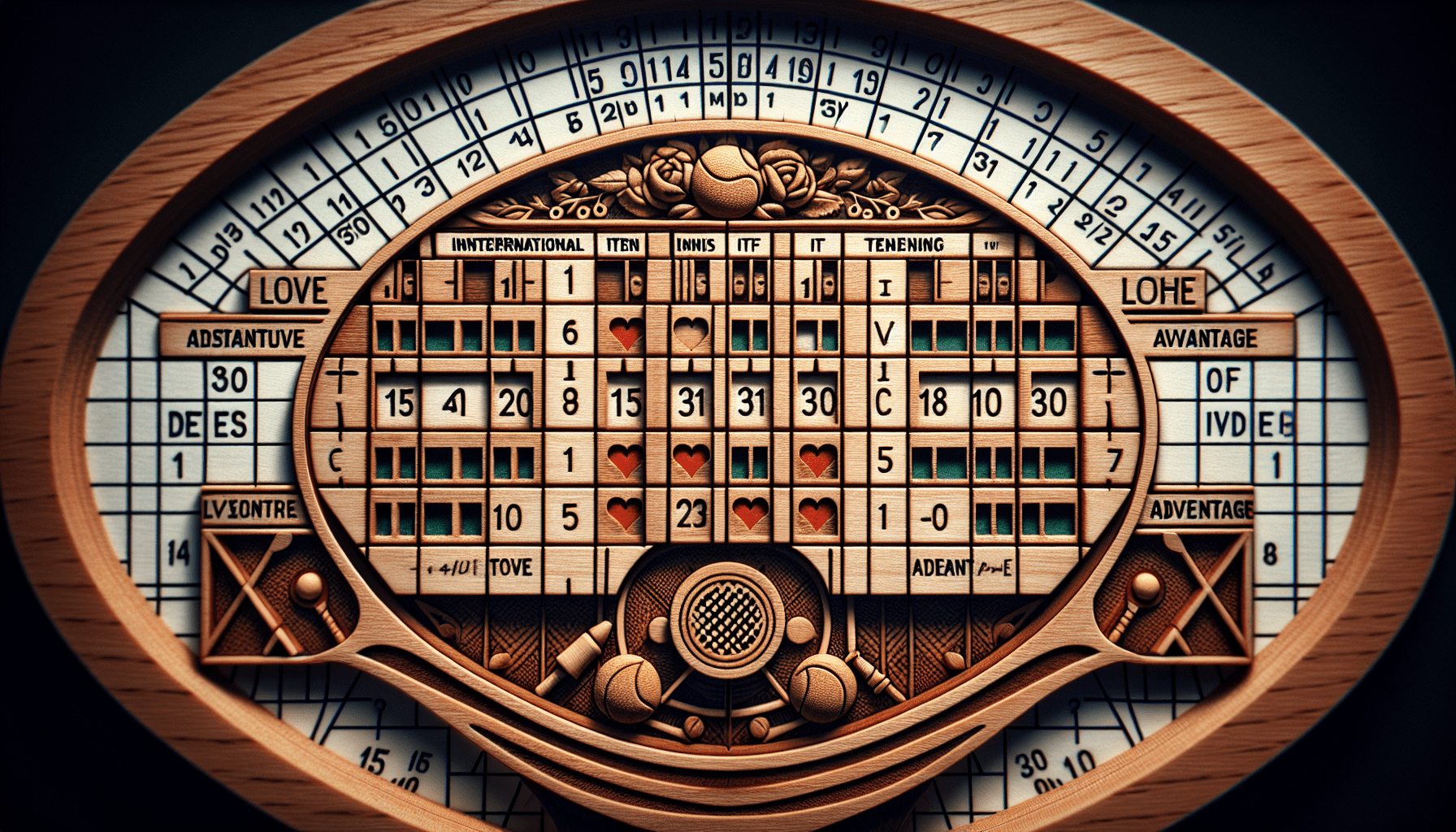Understanding ITF Scoring
Have you ever wondered how scoring in ITF tournaments works? In this article, we will break down the ins and outs of ITF scoring for you.
Basics of ITF Scoring
Scoring in the International Tennis Federation (ITF) is slightly different from other tennis formats. Matches are typically the best of three sets, and players must win six games to win a set. But how does scoring within those games work?
Game Score in ITF Matches
In ITF matches, game scoring follows the traditional format that most tennis players are familiar with. Players start at ‘love’ (0) and progress in this sequence: 15, 30, 40, game. However, there is a slight difference in ITF scoring when both players reach 40-all, which is known as deuce.
Deuce and Advantage
In ITF matches, when both players reach 40-all, it is called deuce instead of “40-40”. To win a game from deuce, a player must win two consecutive points. The first point won after deuce gives the player “advantage,” and if they win the next point, they win the game. If the server loses the advantage point, it goes back to deuce.
Set Score in ITF Matches
Scoring within a set in ITF matches is crucial to determine the winner of the overall match. Let’s take a closer look at how sets are scored in ITF tournaments.
Winning a Set
To win a set in an ITF match, a player must be the first to win six games by a margin of at least two games. If the score reaches 6-5, the leading player must win the next game to win the set 7-5. However, if the score reaches 6-6, a tiebreak is played to determine the winner of the set.
Tiebreak in ITF Matches
In ITF matches, if a set reaches 6-6, a tiebreak is played to determine the winner of the set. A tiebreak is played to seven points, and the winner must have a margin of two points to win the tiebreak and, consequently, the set.
Winning the Match
In ITF matches, players must win either two out of three sets (in a best-of-three format) or three out of five sets (in a best-of-five format) to win the match. Understanding the scoring system within each set is crucial for players to come out on top in ITF tournaments.
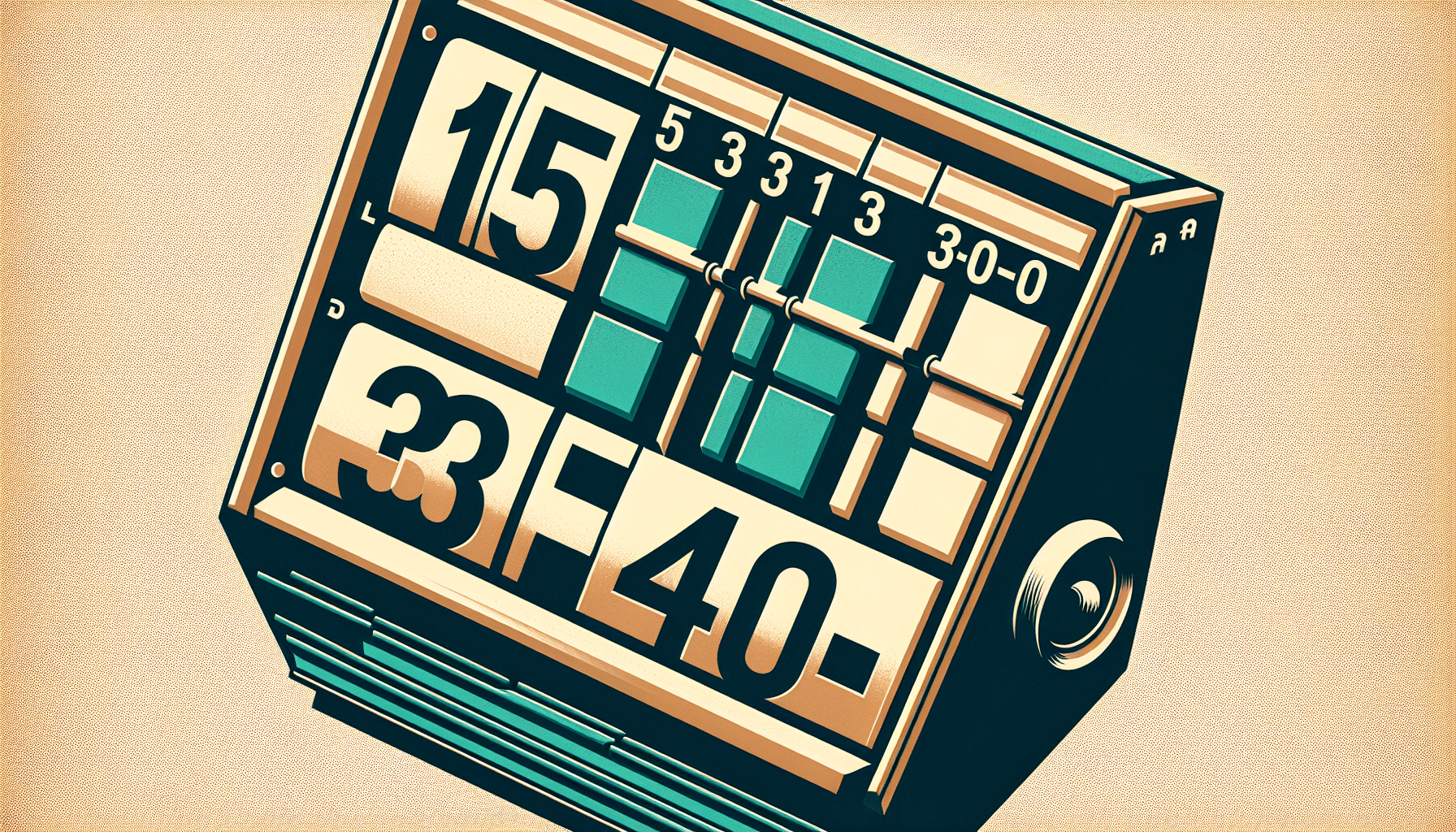
ITF Scoring Rules
Understanding the specific rules and regulations of ITF scoring is essential for players participating in ITF tournaments. Let’s delve deeper into the rules that govern scoring in ITF matches.
No-Ad Scoring
One unique feature of ITF scoring is the no-ad scoring system used in some ITF tournaments. In no-ad scoring, when the game reaches deuce, the next point decides which player wins the game. There is no advantage point, and the winner of the next point automatically wins the game.
Match Tiebreak
In some ITF tournaments, a match tiebreak is played instead of a third set when the match is tied at one set apiece. The match tiebreak is played to 10 points, and the winner must have a margin of two points. It adds an exciting twist to the traditional format and can lead to thrilling finishes in ITF matches.
Electronic Line Calling
Some ITF tournaments now use electronic line-calling technology to assist with making accurate calls during matches. This technology helps reduce errors and controversy during crucial points, ensuring fair play and accurate scoring in ITF tournaments.
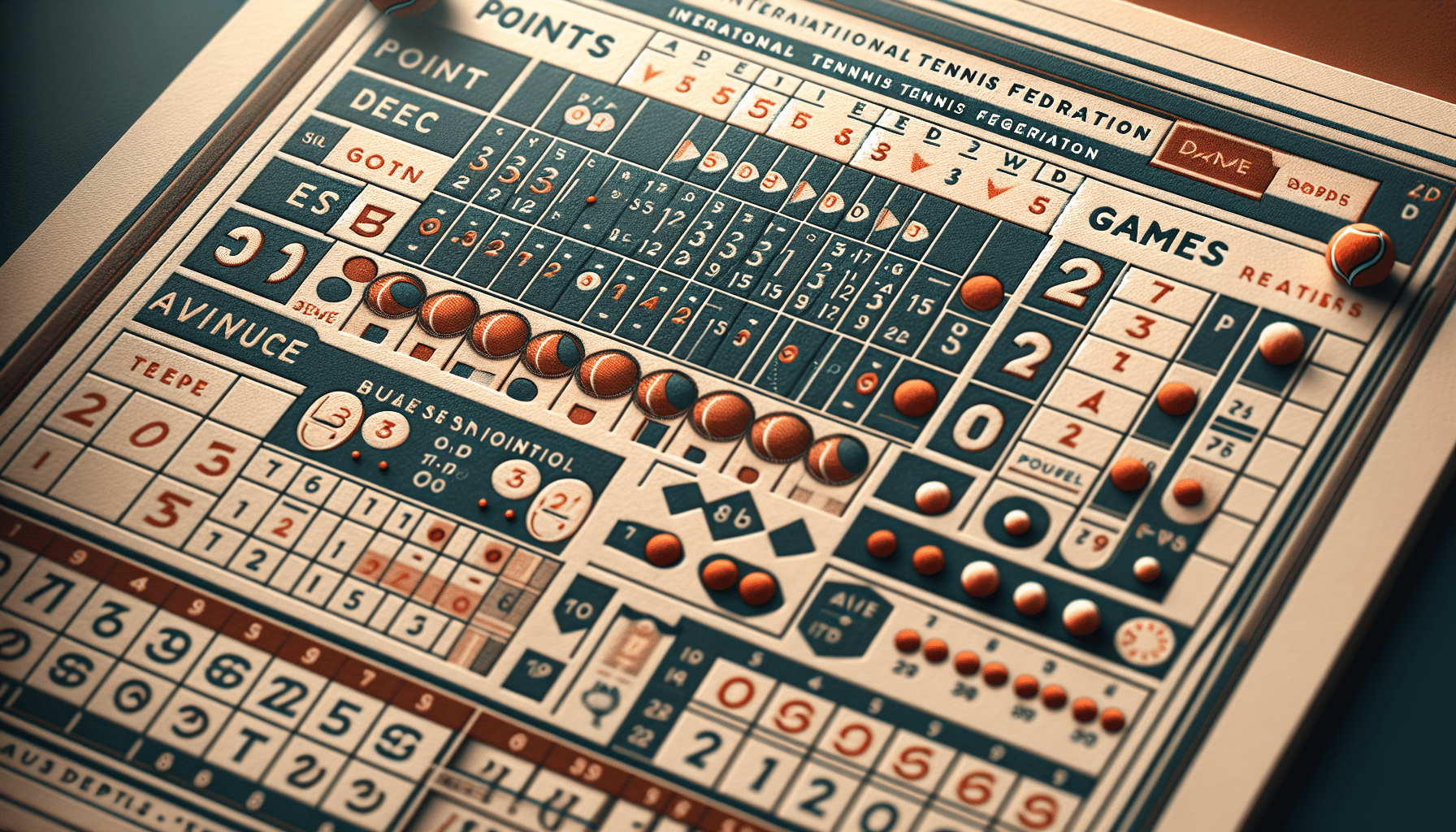
Differences from ATP/WTA Scoring
If you are familiar with ATP or WTA scoring but new to ITF tournaments, it’s essential to understand the key differences in scoring between these organizations. Let’s compare ITF scoring to ATP/WTA scoring for a better understanding.
Set Length
One significant difference between ITF scoring and ATP/WTA scoring is the length of sets. In most ITF tournaments, matches are best-of-three sets with a tiebreak at 6-6 in each set. In comparison, ATP/WTA matches may be best-of-three or best-of-five sets, depending on the tournament.
No-Ad Scoring
As mentioned earlier, ITF tournaments may use no-ad scoring, where the next point after deuce determines the winner of the game. In contrast, ATP/WTA matches typically use advantage scoring, where a player must win by two consecutive points after deuce to win the game.
Match Tiebreak
While ITF matches may include a match tiebreak to 10 points when the match is tied at one set apiece, ATP/WTA matches traditionally continue with a full third set to determine the winner. The match tiebreak adds a unique element to ITF tournaments not typically seen in ATP/WTA events.
Scoring Technology
ITF tournaments have begun incorporating electronic line-calling technology to assist with making accurate calls during matches. In comparison, ATP/WTA matches may rely on line judges to make calls, with players having the option to challenge calls using Hawk-Eye technology in some cases.
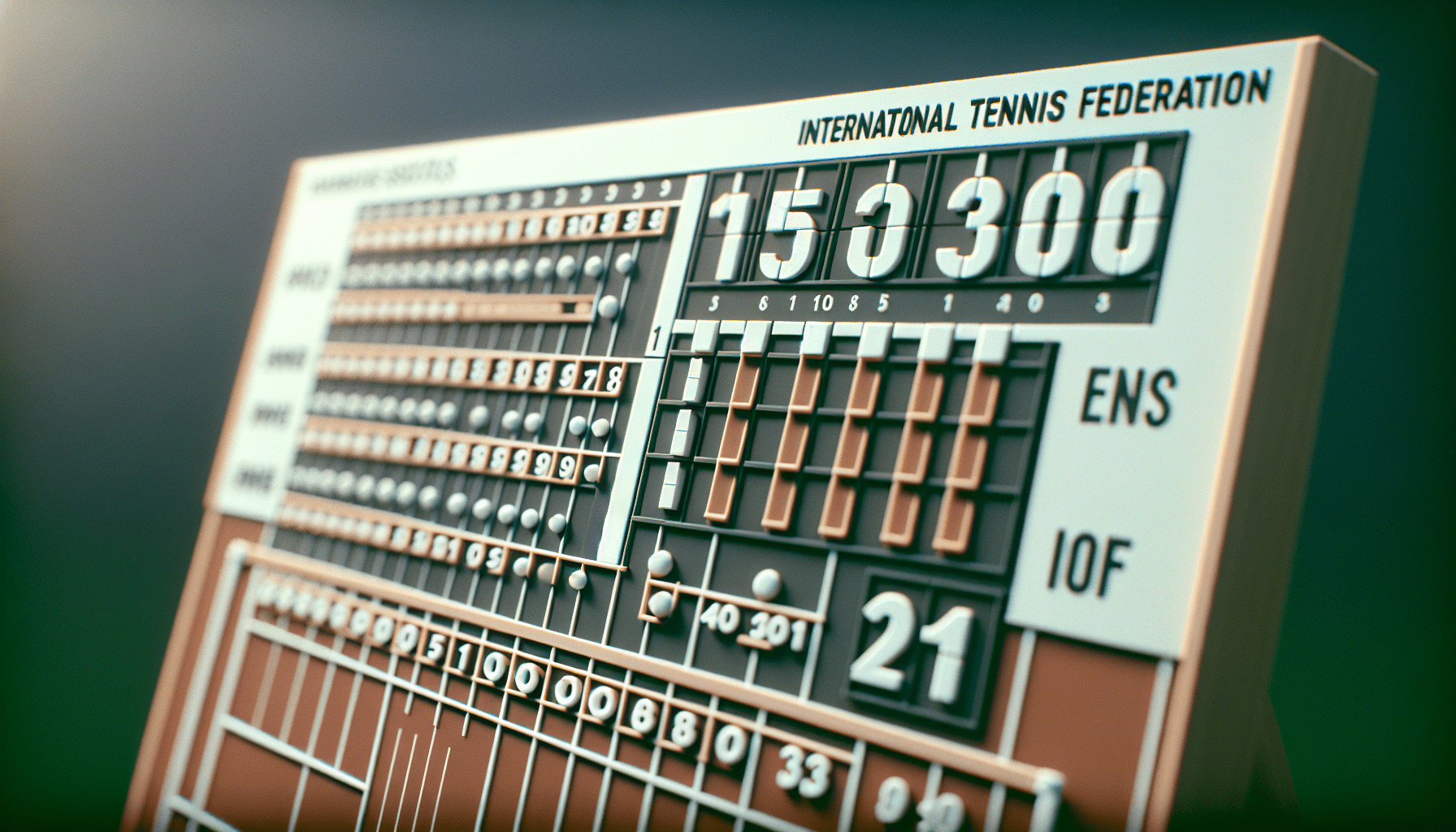
Conclusion
Understanding ITF scoring is essential for players looking to compete in ITF tournaments. By familiarizing yourself with the rules and regulations of ITF scoring, you can navigate matches with confidence and strive for success on the court. Whether you are a seasoned player or new to the world of ITF tournaments, mastering the scoring system is a crucial step towards achieving your tennis goals.
